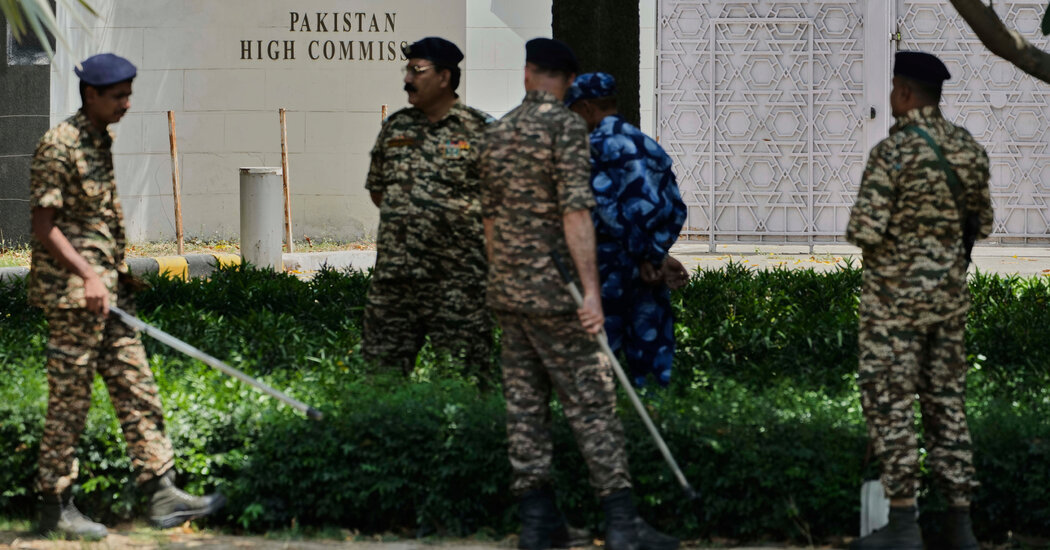The Indian government has tightened regulations on platinum alloy imports, placing restrictions on all variants except those that are at least 99% pure. This move comes as part of efforts to prevent the misclassification of gold as platinum to evade higher import duties.
🔹 Key Highlights of the New Import Rules:
✅ Restricted Import Status – Platinum alloys will now require government approval before importation.
✅ Exemption for 99% Pure Platinum – Only platinum that is at least 99% pure can be freely imported.
✅ Combatting Tax Evasion – Authorities aim to stop traders from falsely declaring gold as platinum to bypass India’s high gold import duties (currently at 15%).
🔹 Why This Change?
India, as the second-largest gold-consuming nation, has been witnessing an increase in attempts to mislabel gold imports as platinum. This practice has allowed traders to benefit from lower duty rates on platinum, resulting in significant revenue losses for the government.
Finance Ministry officials stated:
“The measure is crucial to safeguarding India’s import taxation system and ensuring a fair trade environment. This will also help in maintaining transparency in the precious metals market.”
🔹 Impact on the Industry
🔸 Jewelry and precious metals markets may see minor price fluctuations.
🔸 Gold importers may shift their strategies due to stricter oversight.
🔸 Indian consumers could witness slight price adjustments in gold and platinum jewelry.
The move aligns with India’s ongoing efforts to regulate the import of precious metals, ensuring compliance and preventing revenue losses from tax fraud.
